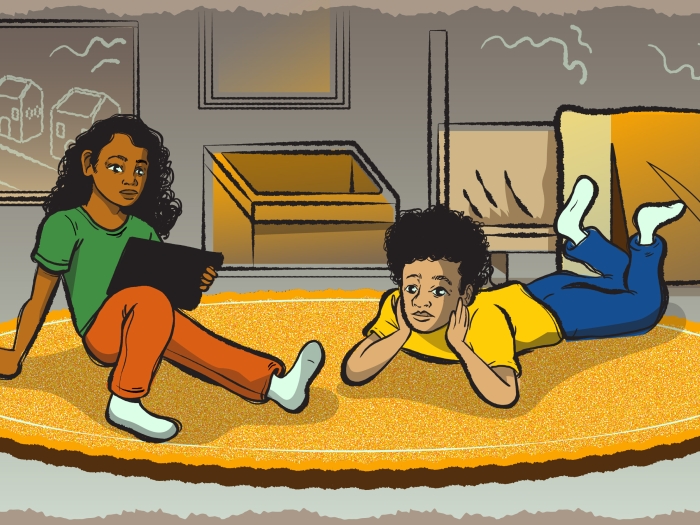Those who score higher on the SaFETy score scale more likely to have experienced some form of firearm violence
5:00 AM
Author |

Doctors may be better able to identify young adults and youth at risk of firearm violence by implementing a screening questionnaire, according to a study published by researchers at the University of Michigan.
The SaFETy (Serious fighting, Friend weapon-carrying, community Environment and firearm Threats) score is a clinical tool developed at U-M and is believed to be the only free resource of its kind.
It uses four items and a 10-point scale to specifically identify firearm violence risk among young adults and youth. The items include:
Frequency of fighting behaviors
Number of friends who carry weapons
Frequency of hearing gunshots in their neighborhood
Frequency of experiencing firearm violence threats
The findings, published in Annals of Internal Medicine, show that those who score higher on the SaFETy score scale are more likely to have experienced some form of firearm violence.
“Youth are being disproportionately affected by firearm injuries, fatal and nonfatal, and firearms are the No. 1 cause of death for children and teens in the U.S.,” said Jason Goldstick, U-M research associate professor of emergency medicine and co-director of the Institute for Firearm Injury Prevention’s Data and Methods Core.
“By evaluating, tailoring and utilizing tools like the SaFETy score, we can better identify young adults and youth in crisis and, therefore, increase opportunities for intervention and expand access to support.”
Researchers note the preliminary results of the study suggest the SaFETy score may be important for discussions around the allocation of resources for firearm injury prevention.
The study also shows the tool may be an effective, and less intrusive, way to identify young adults and youth with firearm violence history, which could be important to both tailoring and implementing interventions.
This story originally ran in Michigan News. Navya Yerrapu additionally edited the piece to appear on Health Lab.
Paper cited: “Association Between the SaFETy Score and Self-reported Firearm Violence Among Young Adults Presenting to Emergency Departments in Three Cities: A Cross-Sectional Study,” Annals of Internal Medicine. DOI: 10.7326/M24-0026
Sign up for Health Lab newsletters today. Get medical tips from top experts and learn about new scientific discoveries every week by subscribing to Health Lab’s two newsletters, Health & Wellness and Research & Innovation.
Sign up for the Health Lab Podcast: Add us on Spotify, Apple Podcasts or wherever you get you listen to your favorite shows.

Explore a variety of health care news & stories by visiting the Health Lab home page for more articles.

Department of Communication at Michigan Medicine
Want top health & research news weekly? Sign up for Health Lab’s newsletters today!





